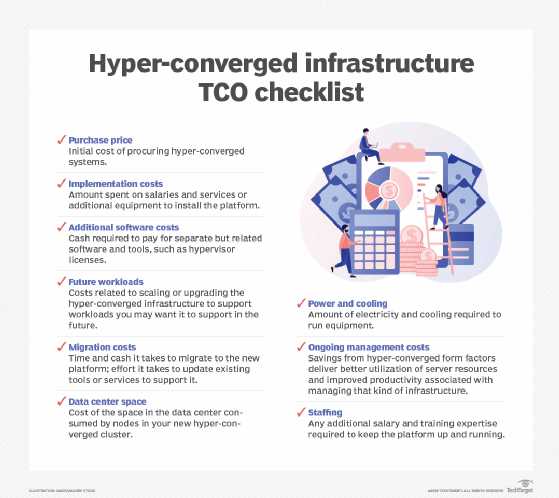Total Cost of Ownership Calculation Example
What is Total Cost of Ownership?

Total Cost of Ownership is a financial estimate that helps businesses determine the true cost of an investment. It includes both direct and indirect costs, such as purchase price, installation, training, maintenance, upgrades, and disposal. By considering all these factors, businesses can make more informed decisions and avoid unexpected expenses.
Calculating Total Cost of Ownership
Calculating TCO involves identifying and quantifying all the costs associated with an investment. Here is an example to illustrate the process:
Let’s say you are considering purchasing a new piece of equipment for your manufacturing business. The initial purchase price is $50,000. However, there are additional costs to consider:
- Installation: $5,000
- Training: $2,000
- Maintenance: $3,000 per year
- Upgrades: $1,000 every two years
- Disposal: $2,000
To calculate the TCO, you would add up all these costs over the expected lifespan of the equipment. Let’s assume the equipment has a lifespan of 5 years:
Total Cost of Ownership = Purchase Price + Installation + (Training + Maintenance per year) x Lifespan + (Upgrades every two years x Lifespan) + Disposal
Plugging in the numbers:
Total Cost of Ownership = $50,000 + $5,000 + ($2,000 + $3,000) x 5 + ($1,000 x 2) x 5 + $2,000
Total Cost of Ownership = $50,000 + $5,000 + $25,000 + $10,000 + $2,000 = $92,000
So, the total cost of ownership for this equipment over 5 years would be $92,000.
By calculating the TCO, you can make a more accurate assessment of the financial impact of your investment. This information can help you compare different options, evaluate the long-term costs, and make better budgeting decisions for your business.
Budgeting for TCO
Here are some key steps to consider when budgeting for TCO:
1. Identify all costs:
Start by identifying all the costs associated with owning and operating the product or system. This includes not only the initial purchase cost, but also ongoing costs such as maintenance, repairs, upgrades, and training.
2. Estimate the lifespan:
Estimate the expected lifespan of the product or system. This will help determine the duration over which the costs will be spread. It is important to consider factors such as technological obsolescence and the need for future upgrades.
3. Calculate the total cost:
Once all the costs and the lifespan are identified, calculate the total cost of ownership. This can be done by summing up all the costs over the expected lifespan of the product or system. It is important to consider the time value of money and discount future costs to their present value.
4. Consider alternative options:
When budgeting for TCO, it is important to consider alternative options. This includes evaluating different products or systems that may have different TCOs. By comparing the TCOs of different options, businesses can make more informed decisions and choose the option that best fits their budget and needs.
5. Plan for contingencies:
When budgeting for TCO, it is important to plan for contingencies. This includes setting aside a budget for unexpected costs such as repairs or replacements. By having a contingency plan in place, businesses can avoid financial surprises and ensure that they have enough resources to cover any unforeseen expenses.

Emily Bibb simplifies finance through bestselling books and articles, bridging complex concepts for everyday understanding. Engaging audiences via social media, she shares insights for financial success. Active in seminars and philanthropy, Bibb aims to create a more financially informed society, driven by her passion for empowering others.
